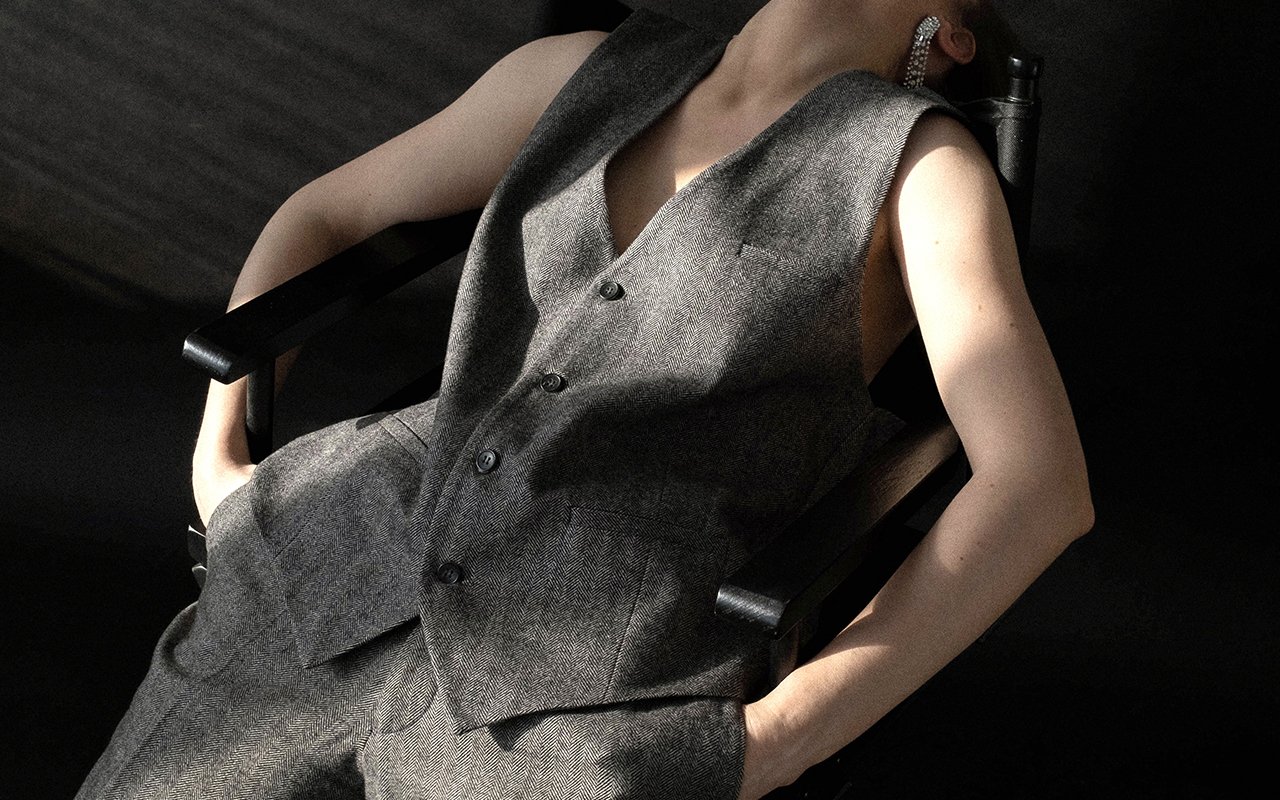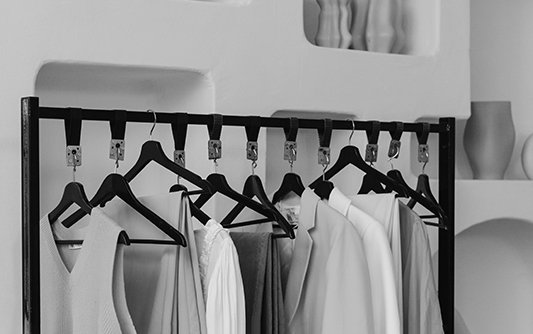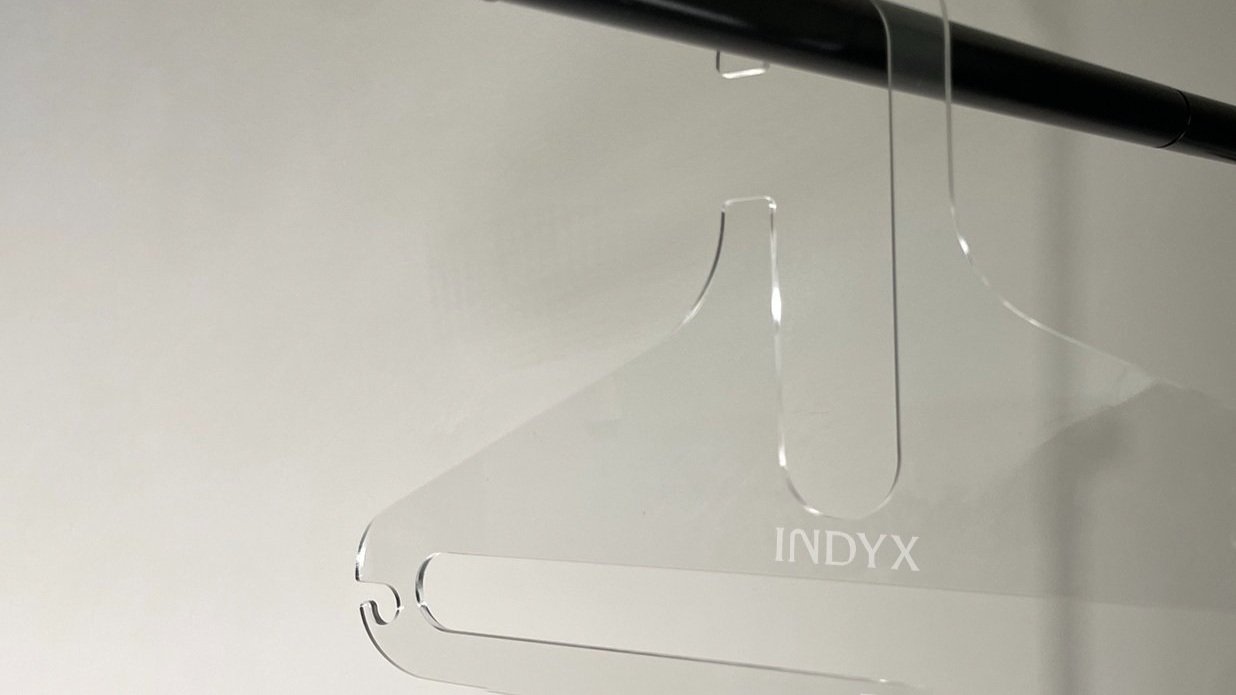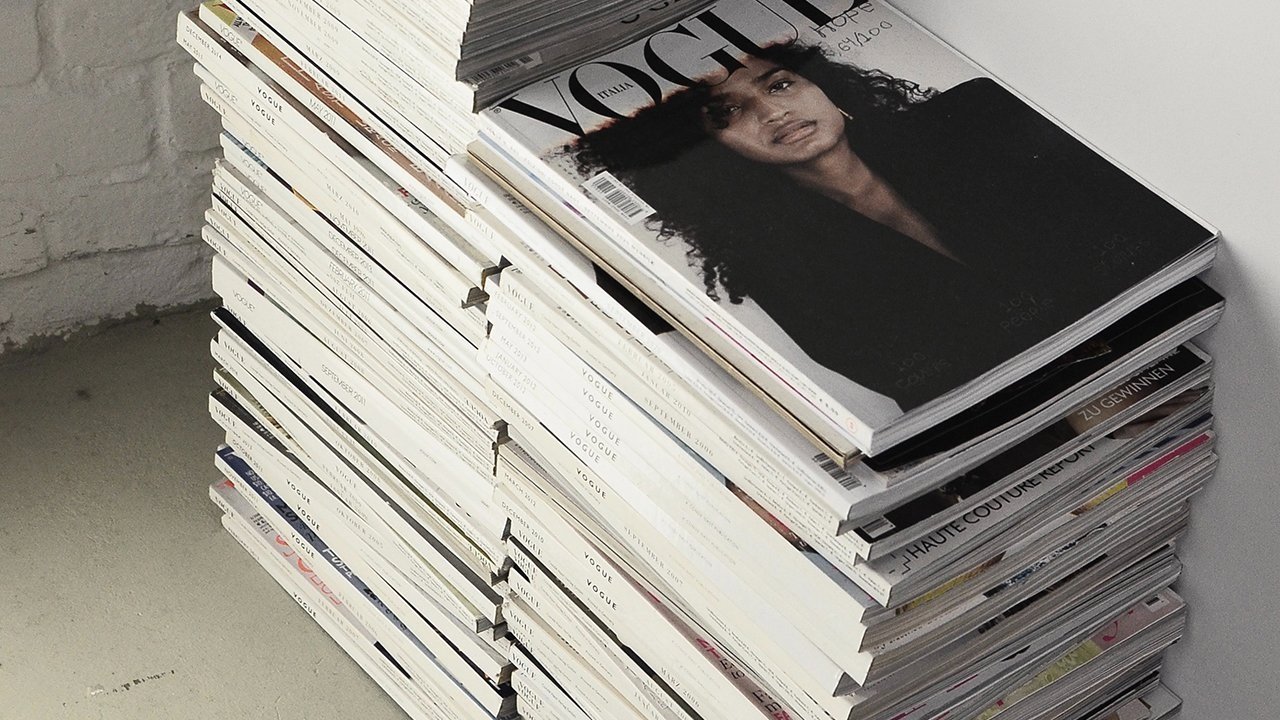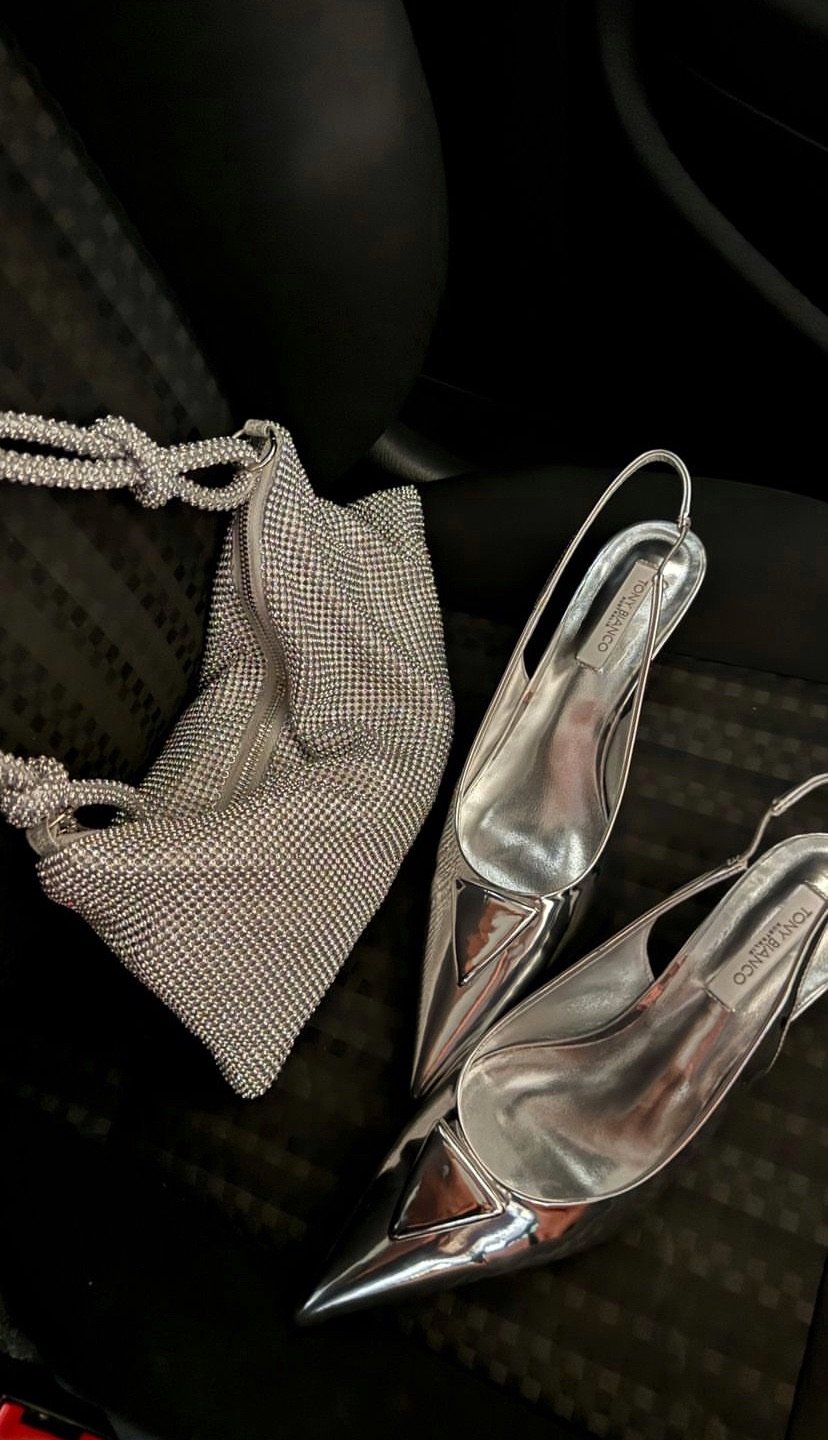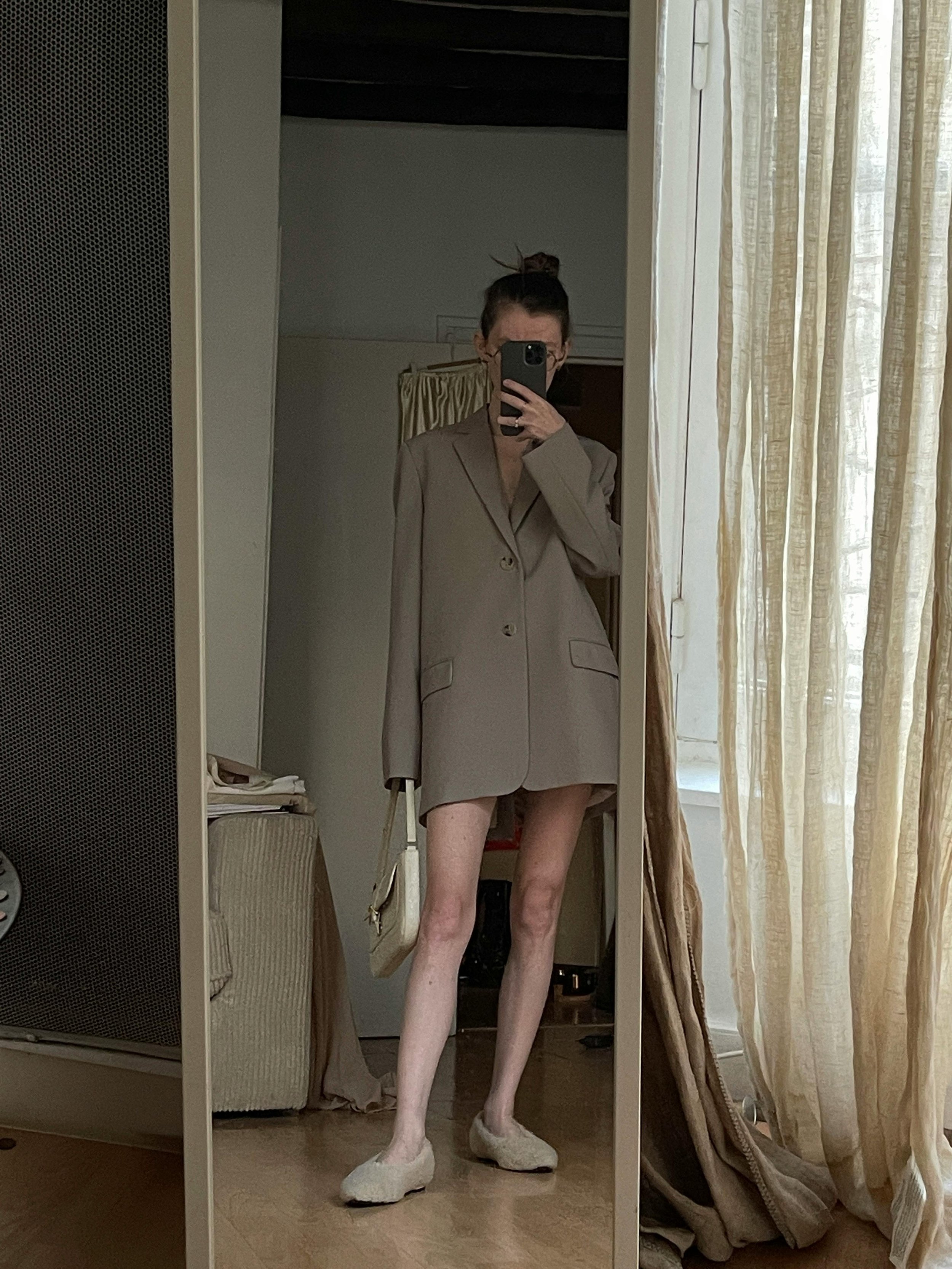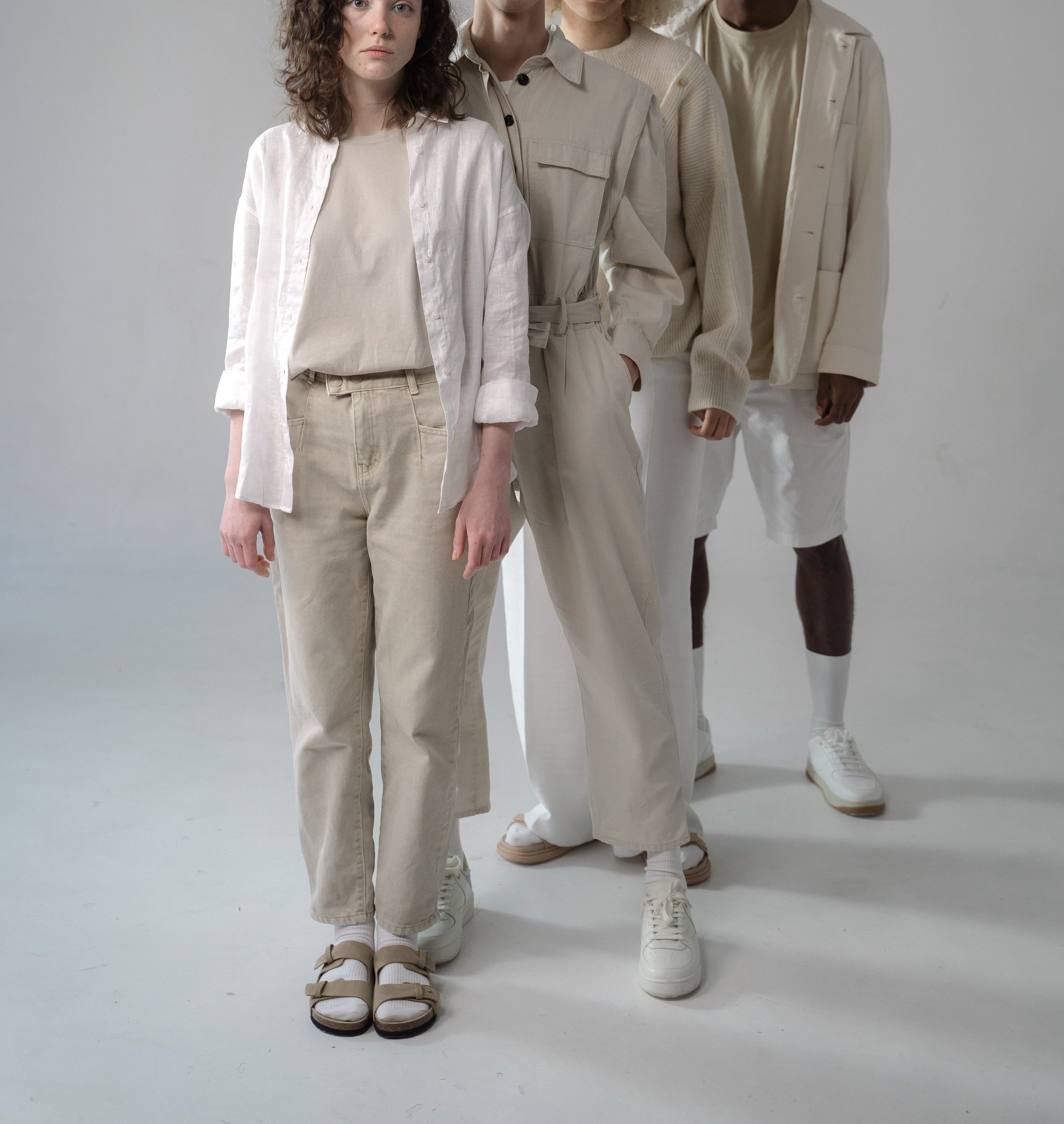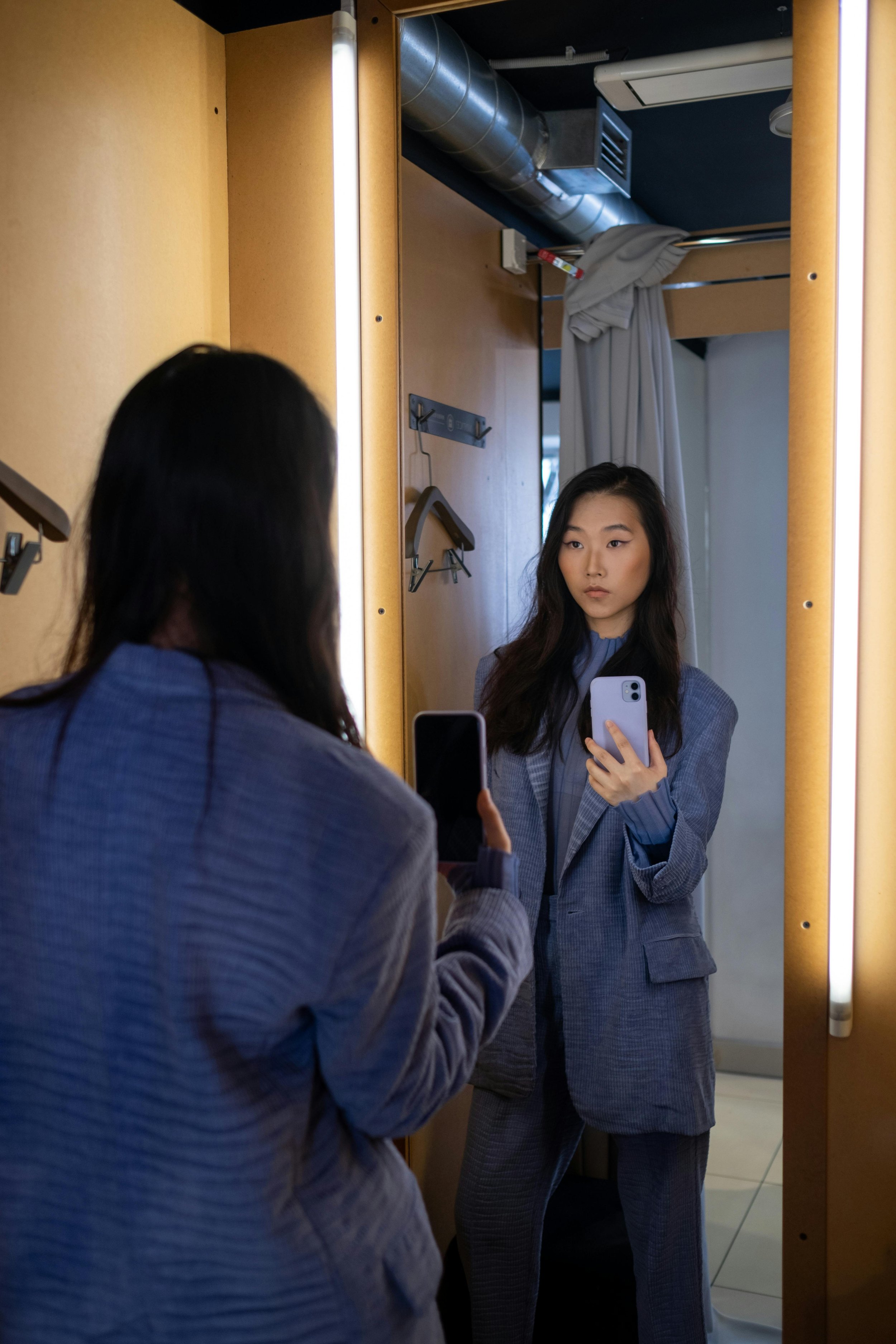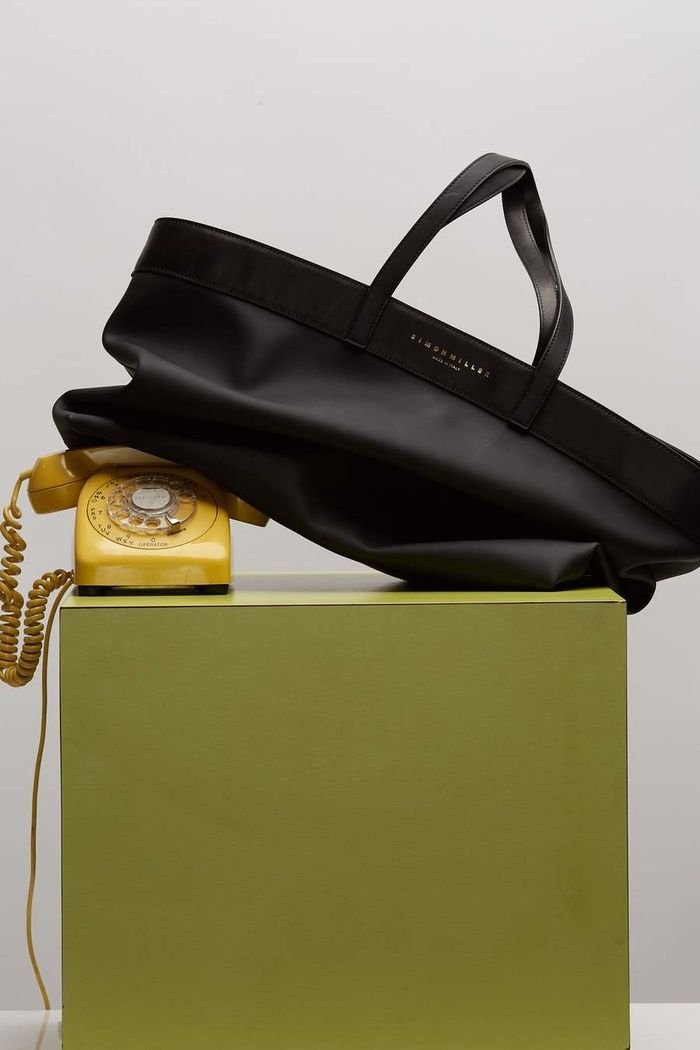The Challenge of Putting a Personal Stylist in Your Pocket
We founded Indyx with a very specific yet nearly universal experience in mind: we’ve all opened our absolutely overflowing closets and still thought to ourselves: “I have nothing to wear”. We know it’s outrageous - of course there must be something in there. But all alone in our closets, it never seems to feel that way.
And that’s the trouble: so often, we are completely alone with our style. Humans absolutely crave connection, support, and validation. Yet, we think we can tackle something that is core to our identity and perception of ourselves and each other…completely alone!
There are of course ‘hacks’ to this problem - I think back to texting my group of friends with a untidy snapped photo before an event asking, “What are we wearing? Does this look okay?”.
And look, I love my friends, but they aren’t style experts and the whole exercise can quickly wind up feeling like the blind leading the blind. I’m sure you can relate.
And so today, we’re officially launching a new feature and our first paid subscription offering aimed at finally solving this problem: The Feed.
What is The Feed?
The Feed is a subscription service that delivers two professionally styled outfits a week to your Indyx app, all from your own closet and based around your personal requests.
These outfits can serve so many different purposes, but what we consistently hear from the clients we’ve tested with (more on that later…) is that it gives them a totally new perspective on their wardrobe. That they never thought to pair those pants with that top - and they love it! And, they are now able to get dressed with the confidence-boost of an outfit that is 100% expert-approved.
The price? Glad you asked: we’re launching at only $15 a month. Cancel anytime.
Why $15 a month?
It’s our core belief that all women would benefit from having a personal stylist in their pocket - it doesn’t matter one bit if your wardrobe is full of Chanel and Hermes or Target and Old Navy, or anything in-between. We could all use that expert advice as to how to get more use and more style out of what we have, and end the isolating feeling of “I have nothing to wear” once and for all.
So, why is there a perception that personal styling is only for the rich? Well, because traditional personal styling has historically been priced in a way that is only accessible to the rich. An average personal stylist charges between $1,000 - $4,000 just to show up at your door, and that’s before adding the astronomical shopping budget that many demand that you commit to spend.
I won’t dive into all the reasons here why traditional personal styling is priced this way, but a huge unlock in our ability to bring the price down to a much more manageable $15 a month is the magic of a digital wardrobe that allows you to be styled at any time, from anywhere. That flexibility is huge, as compared to the in-person, physical constraints of traditional styling.
And (at least, at the time of writing this) there is no other service out there offering human personal styling at this accessible of a price. It literally can’t be beat.
Why do I need a human stylist when we have AI?
I can hear it already: “Uh…haven’t you guys heard of ChatGPT?”
In short: yes, of course we’ve looked at it and other AI technologies. And we just don’t think the tech is there yet.
It’s certainly appealing, isn’t it? Especially if you’re trying to get investment in Silicon Valley (like we are!), the buzzword of AI-enabled styling would certainly be nice to drop into the pitch deck to get VCs drooling. Infinitely scalable without messy human operations or expensive human mouths to feed? What could be better! /s
But the AI we’ve seen - at least in its current form - is not the answer to something as complex and subjective as style. AI is great at restructuring existing information, but it is not generative like a human can be.
Take a quick look around Twitter, and you’ll find a million threads on how to best use new tools like ChatGPT, and the TLDR of the advice is don’t expect it to think, just do. Even Sam Altman, the CEO of OpenAI (the developer of ChatCPT) says:
But good style requires thinking and a sharp creative eye. And, it certainly isn’t achieved by simply following a set of predetermined rules.
When Business of Fashion recently experimented with AI as a fashion stylist, they came to the same conclusion:
Excerpt from Would You Trust ChatGPT to Pick Your Outfit?, by Marc Bain for Business of Fashion
So, of course we’ll continue to keep a very close eye on it, but for now we firmly believe that humans are the best option.
And besides, there is *so* much great human talent out there - usually women who are eager for flexible work in this field, but without the tools or support to make it work. Stitch Fix and their massive workforce of part-time stylists proves this out. Unfortunately, many Stitch Fix stylists were sorely disappointed by their experience, feeling “unheard, overworked, and at the mercy of robots”…we hope to do much better, to say the least.
Looking to the future, we *do* hope to build the world’s most robust training set for the outfit-generating AI of the future.
While Stitch Fix may have a robust data set for product recommendations, they actually don’t have the right data at all to support outfitting. Think about it: they have no idea how their products are actually being worn, especially in combination with non-Stitch Fix items.
If our aspirations become a reality, we will one day have millions of data points on individual items, how they’ve been combined into outfits by human stylists, and how our users have rated & worn those outfits.That is the data set we need to perhaps one day teach a computer to identify the patterns that make good style. But to get there, we have to start with lots and lots of quality outfits styled by humans.
Okay, so how about that test?
We started testing the The Feed back in December (huge thanks to our early users!) and the positive feedback was immediate. About 75% of our human-styled outfits are “thumbs upped” and saved into client’s lookbooks. As the test progressed, clients and stylists got to know each other better through direct feedback and this metric only improved.
But, nothing says it quite like our client verbatims, and I can’t help but share some of my favorites:
“You really knocked it out of the park this week. Lots of favorite pieces put together in new ways. I love this skirt with a white tee, but didn’t even think to add the blazer. I appreciate you and your talent so much!”
“This makes me smile! I love both the blazer and dress individually and NEVER would have put them together. But look how cute this is! I can’t wait to wear it”
“So fun! Can’t wait to try this outfit. I love how you combined structure, romantic and casual in one outfit 👏”
“I love this idea of three ways to style that top. You’re great at picking those items in my closet that I know are good pieces but I haven’t worn yet. All three of these outfits are right up my alley”
And, finally:
“😍”
As mentioned up top, the common thread is the change in perspective that allows clients to see their wardrobe with completely fresh eyes.
We all want versatility in our wardrobes - hence, the overwhelming popularity of the Capsule Wardrobe concept - yet, we are fooled by Big Fashion into thinking the solution is buying more and more pieces. The secret is that most of us already have all the versatility we need in our wardrobes, but we just need a professional to help us see it.
Sounds great, so why are you worried?
I’ll be honest - and if you’ve made it this far, you deserve my honesty: I have lingering apprehensions about whether in today’s fast-fashion culture we are willing to spend even $15 a month on service over physical goods.
It frustrates me to no end, because we are seemingly *so* willing to hand over our hard earned cash when it’s in exchange for a “deal” on a physical item. We’ve all clicked checkout on a $15, $25, or even a $100 Amazon cart without thinking twice about whether it was “worth it” or not. We’ve all bought a $15 tee at Target or H&M, patting ourselves on the back for our thriftiness and practicality…only for it to start looking ratty after just two washes.
But when we’re asked to spend the same amount on intangible human labor and expertise, we balk. Even when that expertise has already demonstrably improved your life and how you are able to use the tangible items you already have.
When we softly tested the $15 price tag for The Feed with the beta group, we got feedback from a few clients that it “seemed high”.
Too high to justify 2 styled outfits x 4 weeks = 8 new outfits a month, all lovingly touched by a real, human stylist with years of experience who is being paid fairly for that expertise.
The hard truth is, when it comes to the viability of our business, the customer *is* always right. I can’t wish or shame clients into being willing to pay what our service costs to sustain. But I do worry that we have reached a dark place in our society where we have so drastically devalued labor that there’s no coming back.
And the irony is it’s not like the $15 Target tee doesn’t have human labor behind it. When you add it up along the supply chain, there are hours of human labor put into each and every piece of clothing we buy, and yet somehow that $15 price tag isn’t considered too low or clearly exploitative. We’ve become so accustomed to the too-low prices that exploitation enables that it no longer even registers - and by comparison, a non-exploitative price is pegged as “too high”.
So, we’re asking our clients to take a leap with us - and, it may fail.
I sincerely hope that any doubts are proven wrong: that we are willing to spend on service over goods. That we can prove the value that human expertise bears on a challenge that up until now we have by-and-large faced completely alone - and that it is *so* much more worth it than yet another twice-worn tee in your closet.
And if you’re still here, I invite you to join us.
Devon is a co-founder of Indyx and currently leads Growth for the company from San Francisco. She enjoys admiring other people’s gardens and sleeping in with her French Bulldog, Reggie.









